Speaking of 3D TV, starting from the domestic screening of "Avatar" about 10 years ago, the world's first 3D movie "Avatar" really caused a lot of shock, the visual enhancement brought by 3D technology is very obvious, unique to 3D movies. The effect of depth of field and the illusion of “out of the box†in the special effects scenes of movies are indeed the viewing experience that 2D movies cannot bring. Thus, 3D technology has been widely used in movies, and even TV products have been widely used. Also affected by the "3D heat", 3D TV came into being.
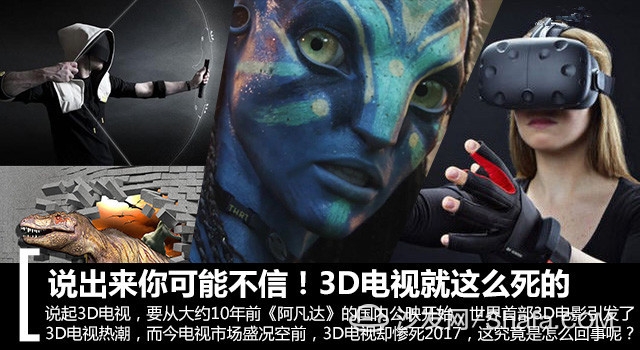

3D TV Brilliant No Longer Caused by Exhaustion

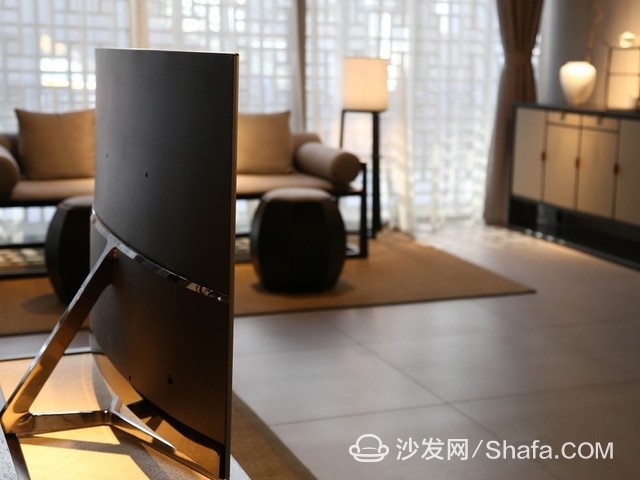




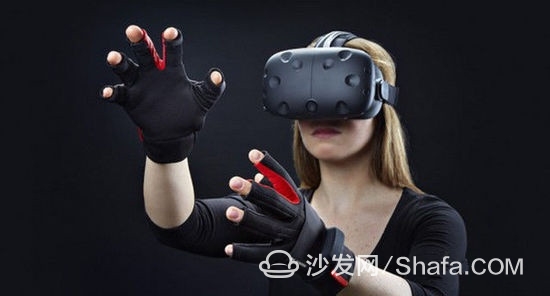
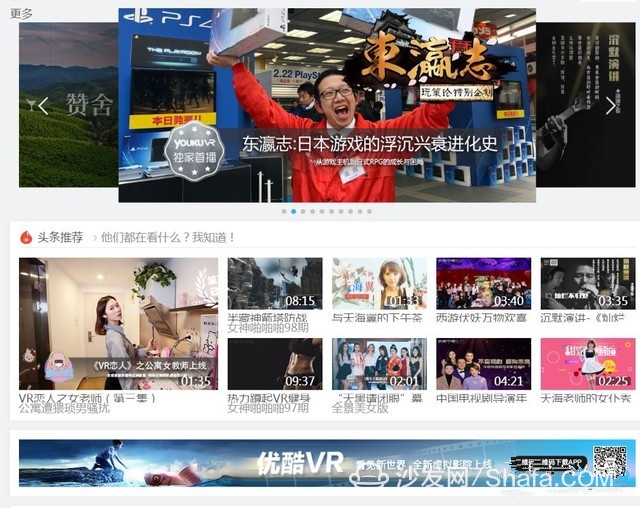

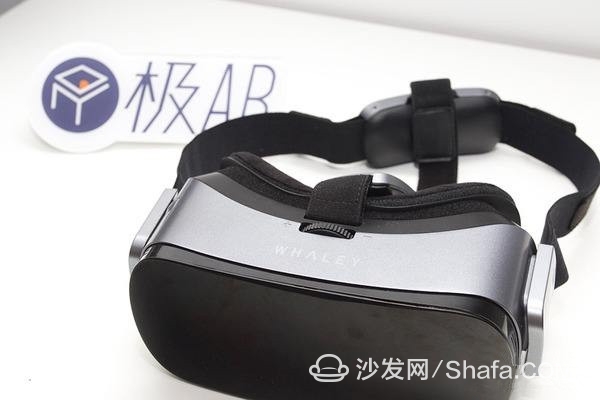
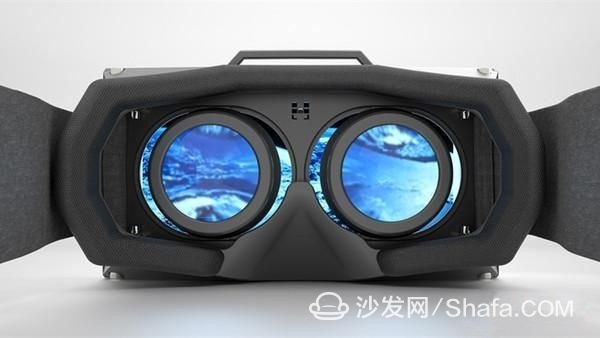
AD16 LED Indicator
AD22-22MSD Buzzer
AD22-30DS LED Indicator
AD22-DAV Current Voltage Indicator
AD22-DAM Current Indicator
AD22-DVM Voltage Indicator

You may not believe it! 3D TV is so dead
Nothing is more enthusiastic about 3D movies/TVs than mainland Chinese consumers who like new things. In the years after 2009, 3D capabilities have even become one of the hotspots for domestic TV products, with the cost of 3D technology evolving. Since 2010, TV products equipped with 3D technology have ushered in a blow-out period, which lasted until 2015, before finally cooling down. In early 2016, TV giant Samsung announced that afterwards, TV products will not be equipped with 3D capabilities, and 3D TV products will officially begin to fade out of the market.

"Avatar" released a wave of 3D TV
Now, the market after the retreat has ushered in a period of reflection. A few days ago, Samsung, Sony, and LG have stated clearly that they will not introduce TVs equipped with 3D capabilities in the future. Through the investigation of market attention, the popularity of TV for consumers with 3D technology has gradually turned cold. Without the support of manufacturers such as Samsung, Sony, and LG, 3D TV may completely disappear in 2017, from booming technology to Gradually forgotten, what has been experienced in 3D, a technology that people have talked about? What is the reason for the "drunken death" of 3D TV?
3D TV Brilliant No Longer Caused by Exhaustion
In fact, the demise of 3D TV products can be seen from 2014. When it was the rise of TVs equipped with 4K resolution, 4K resolution products were received by consumers after being listed. Compared with previous 3D technologies, consumption The viewers have clearly realized that the image enhancement brought by higher resolution is far greater than 3D technology. Compared with the 4K TV, the 3D TV is “inaudible†compared to the 4H TV. This is not the end of the 3D TV. The main reason.

2D to 3D is very poor
The main reason for the disappearance of 3D TV lies in the fact that the lack of real 3D video resources is the most important driving force behind the real support of technology. The video resources supporting 3D effect playback are not very rich, but the 2D turn brought on TV The function of 3D can bring only the feeling of "except for subtitles 3D, which are not 3D," which caused the 3D function in the TV to be neglected and eventually became the culprit in the burial of 3D TV.
The demise of 3D TV is the market choice?
From the first half of 2016, Samsung has publicly announced that its new TV products will no longer support 3D functions. At the time, Samsung stated that this was to focus attention on other television technologies with more market attention. It also indicated that the company no longer considered 3D technology as an important selling point of TV.
In fact, starting earlier, according to the data performance of many market research organizations, the share of 3D TVs has been declining year by year from 2012 to 16%, and players supporting 3D source are During this time, it dropped from 40% to 25%. The 3D function has gradually become unable to become a powerful selling point. It was eventually eliminated by the market. I feel that this is indeed reasonable. More consumers buy a product. The emphasis is no longer on the 3D function, but on something like 4K. When the 3D is gradually reduced as the "icing on the cake," the more attractive features of the HDR and the HDR, various vendors are also unwilling to invest more.

As one of the best TVs in 2016 - Samsung KS9800 did not use 3D features as a selling point
If Samsung makes this decision, 3D is still alive, then when the two big brothers LG and Sony also announced that in 2017 will give up the 3D function of television products, 3D TV this really be swallowed, and likewise, At the recent CES2017 exhibition, consumer-oriented TV products have become one of the few to have 3D capabilities. Since then, the real disappearance of 3D TV in the market seems to be just around the corner.

The 3D movie experience is very good, but the 3D TV is normal. Why is this?
Today, when 3D movies are popular, 3D TVs seem to be a very difficult thing to understand. In fact, we look at the difference between television and theater-style 3D in the living room. This is not difficult to understand, the experience of living room TV 3D is obvious. For the short board, let's take a look at what these short boards are all about. What are the differences between the cinematic 3D experience and the living room TV 3D experience?
After all, it's no better than the difference between a cinema 3D TV and a 3D movie.
Want to know what is the essential difference between movie 3D and TV 3D, first of all we need to know the type of 3D technology used by 3D TVs. They are mainly divided into “shutter 3D†and “not flash 3Dâ€. There are pros and cons, now we take a look at the shutter 3D technology.
Shutter 3D:
In more detail, the image is divided into two frames to form two sets of screens corresponding to the left eye and the right eye. The active shutter 3D glasses are continuously staggered and displayed at a high speed. The screen constantly flickers and appears dragged. shadow. The advantage of Shutter 3D technology is the high definition of 3D images. However, the disadvantages are also obvious. For example, the structure of the glasses is more complicated and requires battery power and high prices. Early shutter-type 3D televisions were also prone to problems such as serious loss of brightness, easy flickering, and lack of separation of three-dimensional images when displaying 3D images. The burden on long-term viewing of human eyes would be large, and the eyes would be more tired.

Shutter-type 3D glasses (complex structure requires battery installation)
The advantage of Shutter 3D is that the 3D effect is more prominent, the original resolution of the screen can be maintained, and the technology is relatively easy to implement. As long as the update frequency can meet the requirements, it can be imported and the viewing angle range is broad.
The same drawback can not be ignored, shutter-type 3D after wearing glasses, the screen brightness is reduced more, 3D glasses opening and closing frequency and fluorescent devices such as fluorescent lamps, low viewing comfort in a bright room, 3D glasses shutter opening and closing Left and right images are not completely synchronized and crosstalk may occur.
Not flash 3D:
The same technology as polarized 3D, the two are in fact not very different, polarizing 3D display, the use of progressive scanning technology, that is, the left eye received the picture is the middle of the interval, and the interval is the right eye received The picture and the combination of the two can achieve high definition. In this case, the picture effects will be severely crosstalk and the image will have poor resolution. If the full HD picture of 1920*1080 is only 1920*540 when it reaches people's eyes, it must not be used. The method of covering the polarizing film by the panel solves the crosstalk problem, and eventually causes the 3D image to be blurred because the problem of the response speed is not solved.

Not Flash 3D (Polarized 3D)
The advantage of not flashing 3D, 3D glasses, lower cost, more lightweight, the viewing angle relative to the active shutter type is larger, free from ambient light image, comfort, and can effectively reduce the screen flicker.
The same shortcomings can not be underestimated, polarizing technology will reduce the screen resolution by half, the image effect is slightly worse than the shutter 3D technology. Pixel compensation, flicker compensation, misconceive, and technical means have always been difficult to improve, resulting in the living room TV 3D can not provide a good experience.

Theater-style 3D (two projection devices experience mutual gain better than 3D TV)
On the other hand, in cinema 3D, pixel compensation and flicker correction are performed on the screen through two projection playback devices, and the theater environment is also a very important factor. This is why theater 3D movies can be popular, and the ultimate reason why living room 3D TVs have no way to live, when the technical means and costs are difficult to coordinate, the business will naturally choose the cost.
I also mentioned in the past, in terms of resources, 3D technology is stretched, and now the most popular VR technology in the market is also facing this embarrassing situation. Then VR will not follow the footsteps of 3D TV. Let us analyze it briefly.
The same å°´å°¬VR products lack of resources
In the past 2016, it was known by industry insiders that "VR technology first year", in the past year, VR technology and products have presented a blowout-type outbreak, HTC has taken the lead in launching Vive VR products, followed by the acquisition of Facebook. Oculus VR and Sony PS VR have also begun to exert one after another, creating a seemingly fantastic supernatural start for VR products. On the other hand, VR technology has indeed lived up to expectations and became the super focus of electronic display technology in 2016. However, is the prospect of VR technology just as good as the above?

HTC Vive VR
In fact, the popularity of VR products was only maintained for half a year in 2016. Since the second half of the year, several large-scale R&D VR equipment manufacturers in China have started to lose money and wages, and other news, VR. The market attention of technology has already started to develop downwards, which directly led to the fact that VR product lines did not even have a product that was produced at the 2017 CES (International Consumer Electronics Show). The biggest cause of this is the lack of resources. VR is undoubtedly possessed of great potential. The stunning effect of appearance is similar to that of 3D technology when it first appeared, but it also has the fatal shortcomings of insufficient resources. What is the impact of lack of resources on VR technology products?

Youku VR Channel (it is not attractive to provide VR video resources mainly for small video with short duration)
We use the Sony PS VR as an example. At this stage, many players are not without the financial ability to purchase PS VR, but more players feel that the game resources of the current VR platform are not attractive enough. They are still watching and watching. It is a good thing to maintain a wait-and-see attitude. The equipment still has its attention, but if the effective content of the resources is laid out within a certain period of time, this wait and see will gradually turn into disappointment. Once this happens, equipment manufacturers will be exposed to the risk of potential customer loss. .

Sony VR (because game resources are not abundant, many players are still watching)
From this it can be seen that the strength and experience of hardware is important, but no matter how good the hardware gives people a sense of superiority, if quality resources that can exploit hardware strength cannot follow, then consumers will naturally not spend money to buy a VR. The product goes home as a landscape, after all, the speed of replacement of electronic devices is very scary.

Micro whale VR products
Fortunately, at present, China still has a careful layout in the field of VR. As a rising star in the domestic Internet TV market, micro-whales have a very good consumer acceptance of TV products. The quality of VR products launched in 16 years is also high. It is very trustworthy, and different from other manufacturers, the micro-whale through its own strong background advantage, in both content and hardware technology layout, this is very rare.

The current prospect of VR products is not clear
In today's VR market, there is an urgent need for a subversive product, high-end VR products are expensive, and the low-end VR headset wears a mobile phone support, which is really uncomfortable in terms of experience. At the same time, the hardware technology updates iteratively, and the content platform is also Should be on-line, with both hard and soft hands, consumers are willing to see, I also look forward to the VR film and television programs and game resources on the line, improve the effective use of VR products, is the most urgent need to solve the current user pain point, It is also hoped that VR will not follow the footsteps of 3D TV.
Smart TV/box information can focus on smart TV information network sofa butler (http://), China's influential TV box and smart TV website, providing information, communication, TV boxes, smart TVs, smart TV software, etc. Answering questions.
The LED Indicator is a device that monitors the operation or position of an electrical device with light. The indicator light is usually used to reflect the working state of the circuit (with or without electricity), the operating state (running, outage or test) of the electrical equipment, and the position status (closed or disconnected).
In our company,mainly have eight series(as follow):
AD22-22DS LED Indicator
AD22-4SMD LED IndicatorAD16 LED Indicator
AD22-22MSD Buzzer
AD22-30DS LED Indicator
AD22-DAV Current Voltage Indicator
AD22-DAM Current Indicator
AD22-DVM Voltage Indicator
LED Indicators,LED Indicator Light,LED Indicator Lamp,LED Indicator Bulbs
Ningbo Bond Industrial Electric Co., Ltd. , https://www.bondelectro.com